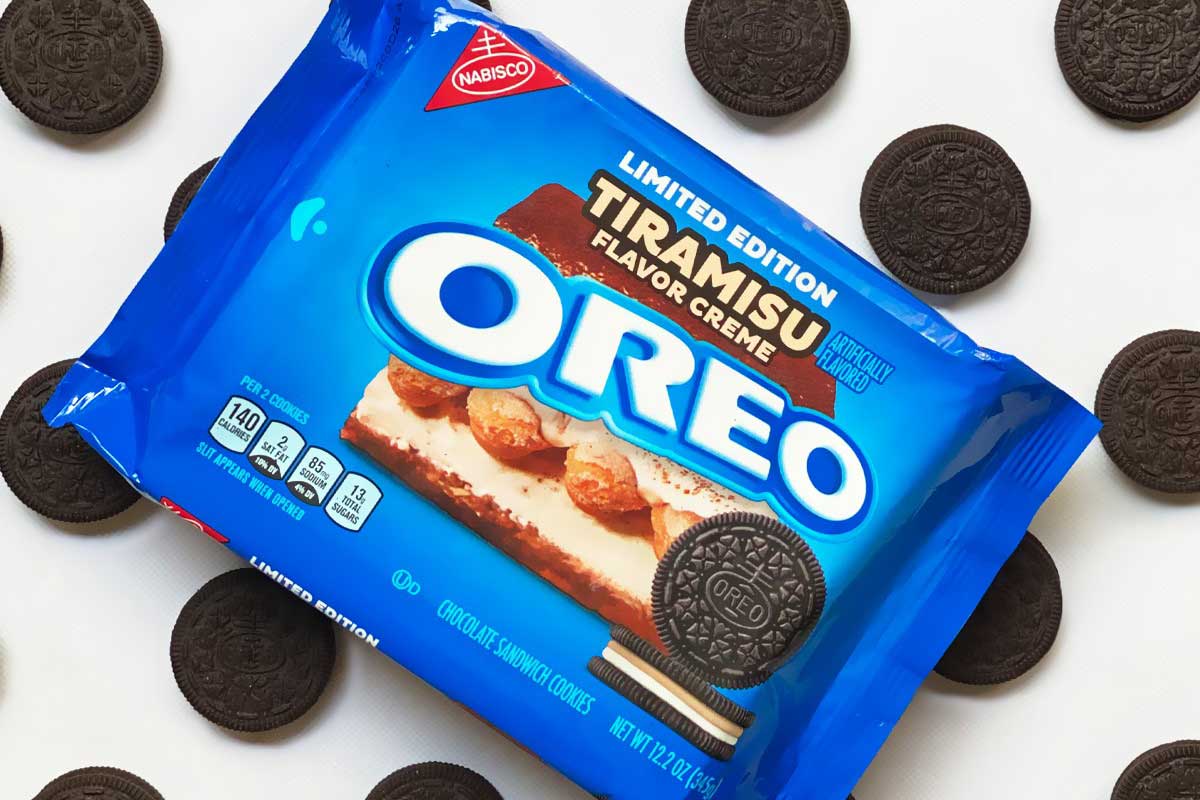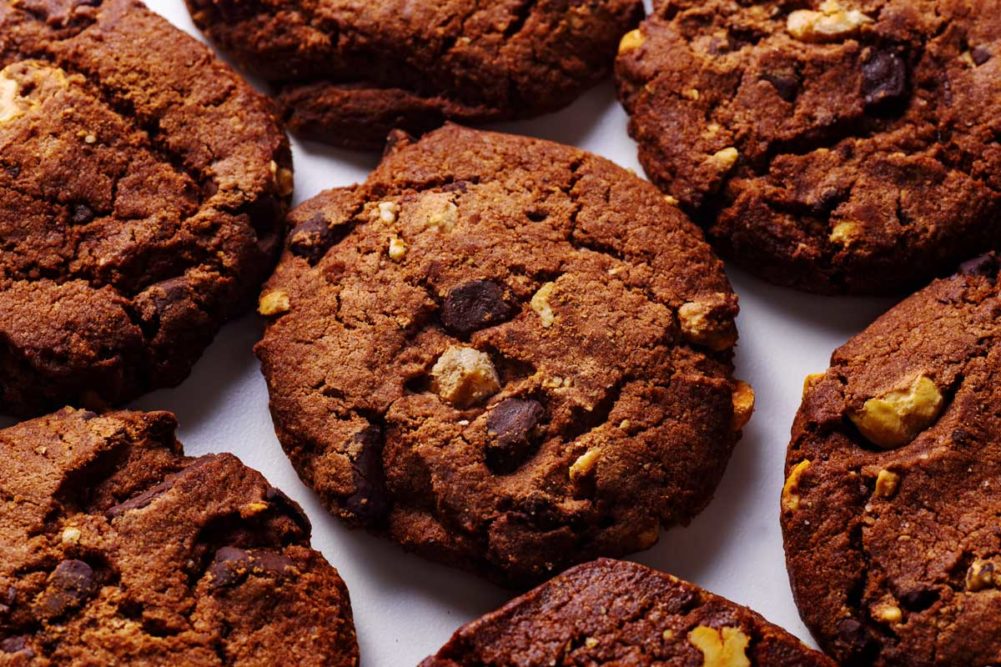It’s a rule all food manufacturers know. Taste is king. And to be the king of the cookie market, taste remains priority No. 1.
Consumers have shown that they prefer the taste of indulgent cookies, but Sally Lyons Wyatt, executive vice president and practice leader, client insights, IRI, argues that there are two other factors driving growth: forms and fun. Together with flavor, she calls them the “3 Fs.”
“Cookies have exploded over the past few years with a variety of flavors and forms, which deliver fun for consumers and excitement in the cookie aisle,” she said. “In addition to the 3 Fs, cookies have been able to tap into healthier trends via ingredients. Lastly, cookies have evolved the package sizes based on the occasion and/or channel they are targeting.”
Cookie manufacturers are getting creative with choices ranging from ingredients to pack sizes, sometimes making indulgent permissible. For example, Ms. Lyons Wyatt said, an indulgent cookie can be placed in a single-serve package with the calories on the front panel. By seeing that the calorie count is within a permissible range, shoppers buy, consume and enjoy.
Co-branding has also played a big role in cookie sale growth. By co-branding, offering limited-time offerings, or “retro” flavors, cookie manufacturers can keep surprising customers and entice them back for repeat purchases.
Mondelez International, Deerfield, Ill., and its Oreo brand are leading the charge in this category. It released flavors like Limeade, Watermelon, Root Beer Float, Tiramisu, Carrot Cake this summer. Its crossovers included a Reese’s Peanut Butter Cup Oreo.

Premium flavors like dark chocolate and coffee are also trending, recreating the café or donut shop experience through a cookie.
Campbell Snacks, Camden, NJ, and its Pepperidge Farm brand launched Milano Caramel Macchiato Cookies, which use kosher-certified dairy ingredients with no preservatives.
Too Good Gourmet, San Lorenzo, Calif., rolled out Cinnamon Roll Iced Donut Cookies that are soft, loaded with white chocolate chips and glazed with sweet icing in a 170-gram plastic packet in a carton box.
Formats like carton boxes, mini bite-size cookies in single-use packages or large sleeves, combined with premium indulgent flavors, create a plethora of options for consumers to target cookies for a fun snack, no matter the time of day.
To continue positive dollar growth in the category, Ms. Lyons Wyatt said, bakers should ensure they have strategies in place in four areas: consumer behavior, retail relevance, e-commerce and media exposure. This will help cookie manufacturers accomplish their goals in today’s unpredictable market.
“Cookies have exploded over the past few years with a variety of flavors and forms, which deliver fun for consumers and excitement in the cookie aisle.”
Sally Lyons Wyatt, IRI
Consumer behavior is always evolving, and the market has seen unprecedented levels of new, lapsed and at-risk buyers creating risks and opportunities for brands.
“Manufacturers and retailers need to put efforts in place to retain consumers before the opportunity is lost,” Ms. Lyons Wyatt advised.
To remain relevant in retail, she suggested that cookie manufacturers remain flexible and move fast.
“Retailers have needed to invest in different shopper models like delivery and click and collect while addressing space and inventory challenges,” she continued. “Now they’re faced with managing assortment and merchandising decisions at the store level to meet the needs of economically bifurcated consumers.”
E-commerce plays a huge role in dollar sales in the digital age, as well as in retail relevance. Ms. Lyons Wyatt said she sees many bakers falling behind in e-commerce sales because they are not capitalizing on the growth of this channel.
“We have seen explosive growth in e-commerce, grocery and discount channels due to shoppers seeking safer options and reducing trips along with a shift toward value brands for some consumers,” she added.

Finally, every brand needs media exposure. And never before have more people been stuck at home looking at their TV or computer screens.
“The limited return of live sports and increased time at home has resulted in a significant increase in TV and social media consumption, which has created more advertising opportunities,” she said. “Therefore, given the highly volatile environment, messaging needs to stay current in an environment that can shift from week to week.”
The Girl Scouts of America, New York, launched a strategy with its new online platform, Girl Scouts Care to target those at-home consumers. It enables people to safely order cookies for home delivery or to donate cookies to first responders, volunteers and local causes.
Meanwhile, Keebler is taking relevance to a new level, serving as a model for other traditional brands. The classic cookies removed high-fructose corn syrup and switched to natural vanilla to increase its permissible appeal. At the same time, new packaging was developed to increase quality and freshness, featuring modern and unifying designs across the Keebler cookie brands. The products will be available in an on-the-go format and variety packs to meet consumer snacking behaviors. And finally, Ernie the elf is going on a media blitz. A comprehensive marketing campaign launched in August highlights all the changes to the brand in all digital and social channels, in addition to in-store displays.
With its new look and message, Keebler is hoping, like other brands, to appeal to health-conscious consumers looking for the occasional indulgence. However, cookies shouldn’t disguise themselves too much. Being true to their indulgent nature ultimately wins the day. .
This article is an excerpt from the October 2020 issue of Baking & Snack. To read the entire feature on cookie trends, click here.





